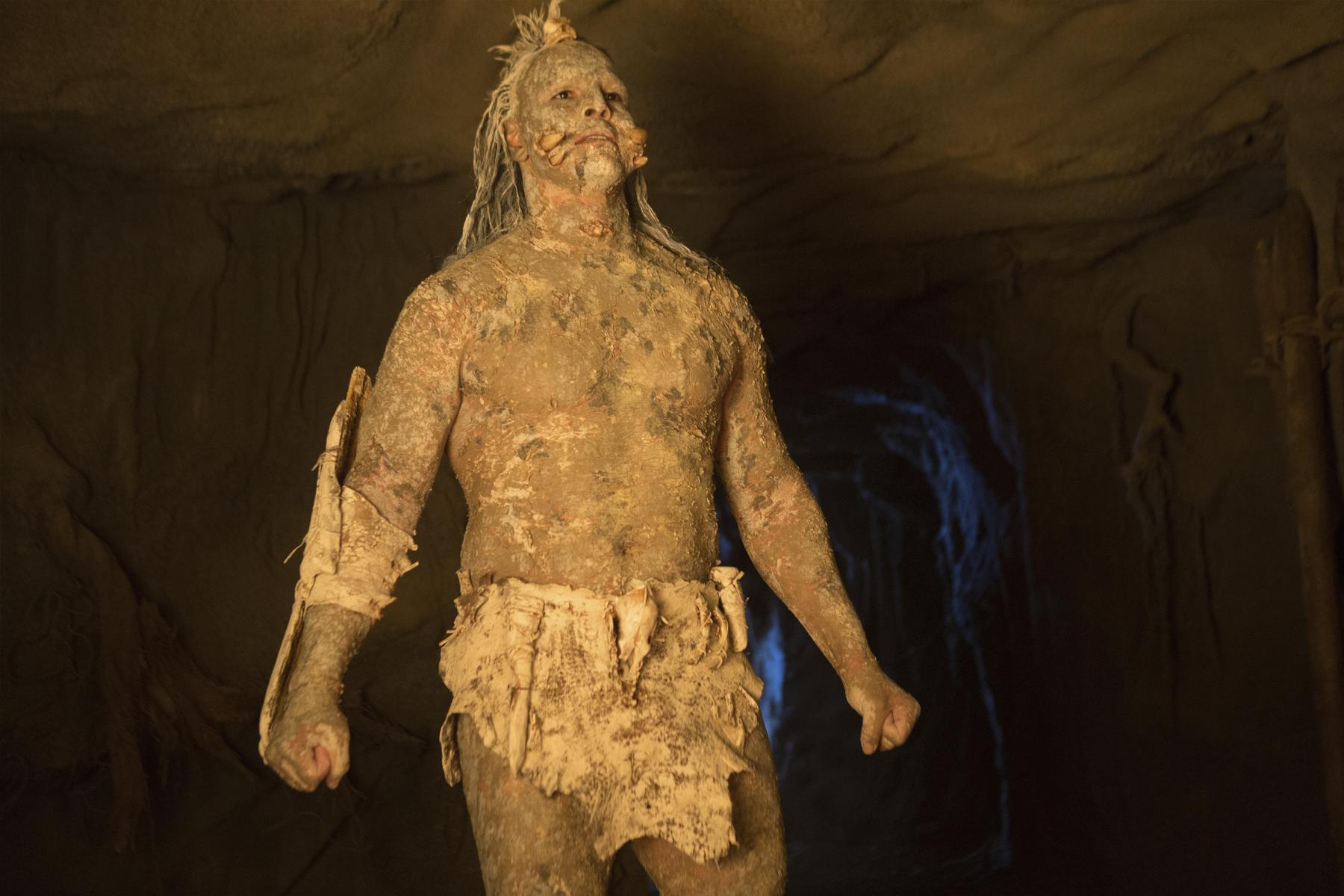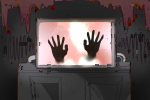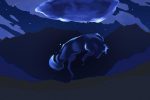When the average cinephile thinks about the different kinds of horror movies, a wide variety of films might come to mind. For instance, one might conjure up the image of the chilling Michael Myers hunting down babysitters in “Halloween” and other slasher classics. Or, perhaps, they might recall the horrifying scares of “The Exorcist” and “The Conjuring” as examples of the possession subgenre.
The list of likely answers goes on and on, including sub-genres, but one horror subgenre that is not readily accessible to the average movie-goer is “Western horror.” Take a declining genre and combine it with a typically unacclaimed and low-budgeted genre, and the end result is an odd, obscure film category most people scoff at upon hearing. However, S. Craig Zahler’s 2015 release, “Bone Tomahawk,” works to counteract that stigma.
As it is, the Western genre of movies seems to have tumbled out of fashion like a tumbleweed. In a world where superheroes, action, romcoms and biopics dominate the cinema, there just isn’t enough room for the Western.
There aren’t many notable films within this horror sub-genre. Critical and box office flops are littered throughout the few entries, most of which are completely forgettable. Can’t think of one? Exactly.
That being said, every now and then a film comes along in an unexpected genre that bucks the downward trend, and “Bone Tomahawk” does just that.
Now, I’m not going to simply slap a “must see” tag on this movie and hoist it up for the whole world to see. The truth is, “Bone Tomahawk” is not a film for everyone. It’s odd, sure, but it’s also occasionally tiresome, problematic and extremely unpalatable.
And yet, it’s … still a good movie?
The basic plot follows the story of a group of four men from the frontier town of Bright Hope who trek across the Old West to save some of Bright Hope’s inhabitants who had been kidnapped by a clan of savage natives.
The film — which was shot in a remarkable 21 days — enjoys a talented cast of horror heavy hitters, such as Kurt Russell (“The Thing”) as Sheriff Hunt and Patrick Wilson (“The Conjuring,” “Insidious”) as the crippled Arthur. Matthew Fox (Brooder) and Richard Jenkins (Chicory) round out the leading roles.
The actors live up to their rather prestigious billing, each giving compelling and thought-provoking performances. This was one of the few genuinely emotionally grabbing horror films I’ve seen, and its gravitas was born as the fruits of these headliners’ labors.
“Bone Tomahawk” received a number of awards and nominations for a variety of categories, most spanning from Russell’s performance to the direction and script. As it is, it’s not hard to see why; there are many elements of this film that work really, really well. The slow-burn, methodical plot is well-paced for the feel of the movie, and many of the cinematic aspects combine to give the film an intelligent presence.
Yet, the pride comes before the fall. Just as there are a variety of reasons I would recommend “Bone Tomahawk” to people looking for something new, there are also several qualities about the film that give me pause.
For starters, the movie has some scenes that are too excruciating to stomach. I won’t go into any details, here — there are things in “Bone Tomahawk” I’d simply not write down. I’ll leave it at this: if you can handle gore and violence, go ahead and watch this movie. Thankfully, though, most of the film is incredibly realistic in terms of its violence. Shot arrows or guns are not accompanied by the typical foghorn that seems to thrive in most mainstream horror films.
The stickiest part of the movie (and likely why modern-day viewers might find it problematic) comes from its portrayal of Native Americans. The film attempts to skirt around this issue by setting up a distinction between tribes (or, “cultured” Native Americans) and troglodytes (a term literally meaning “cave dwellers”), who are the savage cannibals behind the abductions from Bright Hope. Problem diverted, right? Not quite.
One of the characters that the protagonists consult in the beginning of the film is a Native American “expert” simply known as The Professor (Zahn McClaron). The Professor is presented as a well-put-together individual, cleanly dressed and hair well kept. Yet, he is the lone Native at Bright Hope, and his dress is that of the settlers’, not of his own people.
Historically, settlers and expansionists operating on manifest destiny forced Native peoples to dress like them as a means to rewrite their culture. Thus, The Professor — instead of being a palatable representation of Native Americans in cinema — stands as a sign of cultural appropriation.
“Bone Tomahawk” also suffers from its fair share of clichés, such as the damsel in distress needing some strong men to save her. But, it also finds ways to put refreshing spins on these overused tropes. When the men go to save the woman, they join in her captured fate. In the end, it is not masculine brawn that saves the day, but cunning and ingenuity.
Despite all of these stumbling blocks, “Bone Tomahawk” is a good film. The ambiance, mise-en-scène and direction behind the film are works of art. The acting is golden. It has all the necessary elements for a movie to be rewatchable. Westerns have never been my cup of tea, but this film makes me wish for a revitalization of the genre.
And, if that should lead to more entries in the Western horror sub-genre, I guess I’d be okay with that, too.

















So tired of woke activists writing articles on literally…. Anything! This’ why journalism is dead we have activists reporting rather than actual reporters, writers, and journalists.